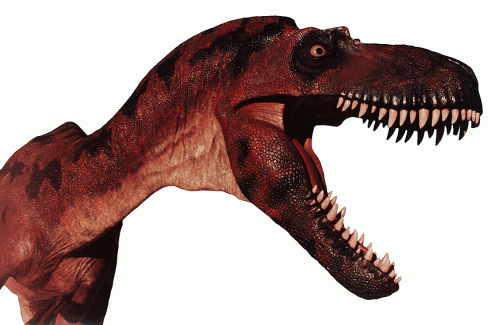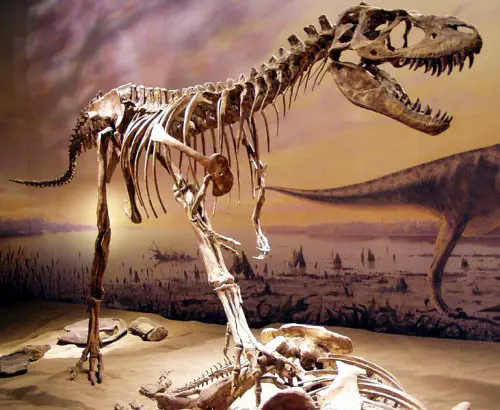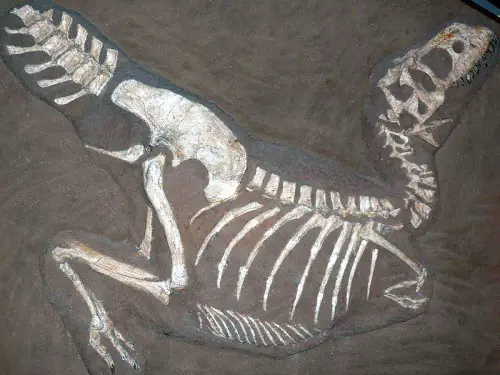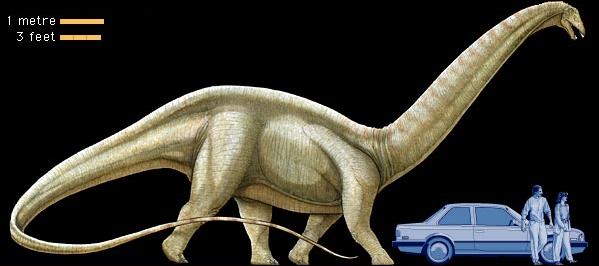Albertosaurus
The Albertosaurus is a tyrannosaurid theropod dinosaur that lived in the western part of North America during the Late Cretaceous Period, which was more than 70 million years ago. In English, it’s name means Alberta Lizard. The Albertosaurus was restricted to the range of the modern-day province of Albreta, Canada. However, some Scientists disagree on whether the genus has a second species, called Gorgosaurus libratus.
As a tyrannosaurid, the Albertosaurus was a bipedal predator. It had small two-fingered hands but a large head with large, sharp teeth. It could be at the top of the food chain in its particular ecosystem. Although it is a large dinosaur, it is much smaller than its famous relative, the Tyrannosaurus, and is thought to have weighed just less than 2 metric tons compared to this relative. A typical Albertosaurus adult would grow up to 9 metres long, although some individuals could grow up to 10 metres long. Some independent mass estimates suggest that an adult would have weighed between 1.3 to 1.7 tonnes.
The skull of the Albertosaurus was massive. It was perched on a short neck that was s-shaped, about 1 metre long in large adults. Wide openings in the skull reduced the head’s weight, while also providing space for its sensory organs and muscle attachments. Its jaws contained more than 60 teeth that were banana-shaped. Above the eyes of the Albertosaurus were short, bony crests that could be brightly coloured. This may have been used during courtship to try and attract a mate. The Albertosaurus may have been able to reach speeds of up to 14 to 21 km per hour. It had a long tail and heavy torso. Its hind limbs were long, and these limbs had a four-toed foot.




